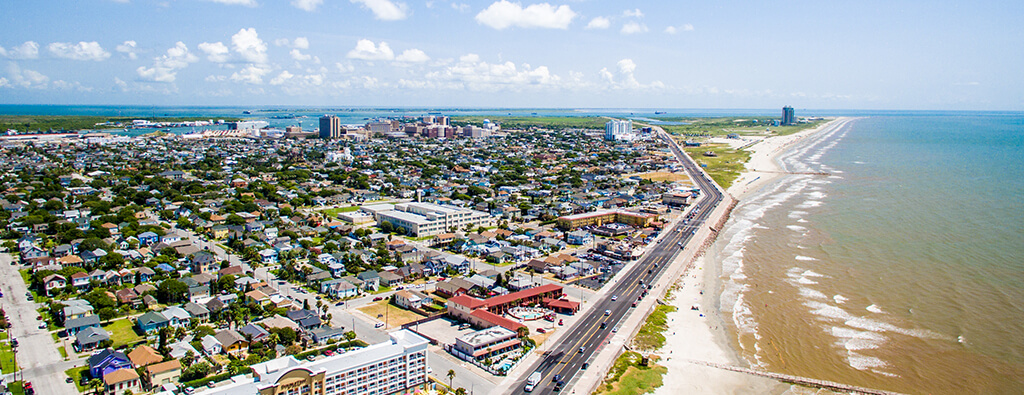As we observe Building Safety Month this May, the focus on building codes and safety standards becomes more prominent. Spearheaded by the International Code Council, this global initiative highlights the critical role of adopting, implementing, and enforcing modern building codes in enhancing public safety and protecting properties.
It is a moment when we collectively acknowledge that building safety codes do more than save lives; when done best, they can also serve as the backbone of our community resilience, facilitate climate adaptation, and enhance building and infrastructure sustainability.
Despite the clear benefits, only 25 percent of buildings in the United States are up to date with their hazard codes, and a much lower percentage fully incorporate resilience, climate adaptation, and sustainability. This alarming statistic underlines a pressing need for all communities to implement and enforce the best modern building codes, safeguarding residents and visitors from hazards such as fires, extreme weather and floods, unhealthy indoor environments, and structural collapses.
However, compliance alone is not enough. We must also look beyond traditional approaches and integrate innovative, nature-based solutions into our building practices to enhance resilience, climate adaptation, and sustainability.
Nature-based solutions (NbS) offer a holistic and sustainable approach to urban infrastructure and building development. These solutions, including the restoration of near-shore ecosystems like oyster reefs, coastal wetlands, and vegetated dunes, not only mitigate the impacts of storms and floods but also provide significant ecological benefits such as biodiversity enhancement and improved water and air quality.
Urban green spaces, permeable pavements, and green building facades, interior walls and roofs are other examples of how nature helps manage stormwater, reduce urban heat, and power demand, and improve the quality of our urban environments.
Moreover, the economic case for integrating NbS into our planning and development is compelling. Investing in building safety and sustainable infrastructure saves lives and money. A report titled «Natural Hazard Mitigation Saves« by the National Institute of Building Sciences found significant returns on investment, with every federal dollar spent on mitigation saving up to $11 in reconstruction costs.
During hurricanes Irma and Michael, buildings constructed according to recent codes demonstrated remarkable resilience compared to those built to older standards, underscoring the tangible benefits of up-to-date safety measures combined with sustainable practices.
We must also leverage federal funding opportunities like the COVID-19 Hazard Mitigation and Building Resilient Infrastructure and Communities (BRIC) grant programs. These programs provide the necessary resources to prepare for future disasters and are crucial in integrating NbS into our urban landscapes.
This Building Safety Month let’s commit to implementing and enforcing more modern building codes that also embrace nature-based solutions to advance our resilience, climate adaptation, sustainability, and well-being.
Our approach must be multifaceted focusing on the safety of our built environments while also harnessing the regenerative power of nature and adapting to our changing climate. We’re calling on other leaders and stakeholders to support this important initiative. By doing so, we can empower our communities, ensuring they remain safe, vibrant, and resilient for future generations.

Tom Lewis
Tom Lewis has over 30 years of experience as a business leader and operator with demonstrated expertise in various sectors. This includes federal, state, and local government work in infrastructure engineering, emergency and disaster management, environmental services, and renewable energy. He is widely acknowledged as an esteemed national and international authority in sustainability, resilience, and climate mitigation and adaptation, and served as the lead author of a book published in 2023 addressing this broad, timely topic area with his prior organization.



